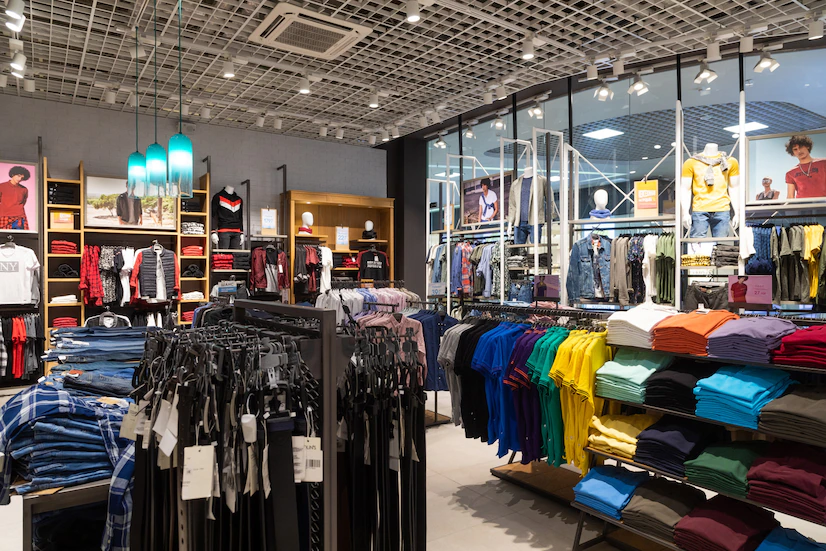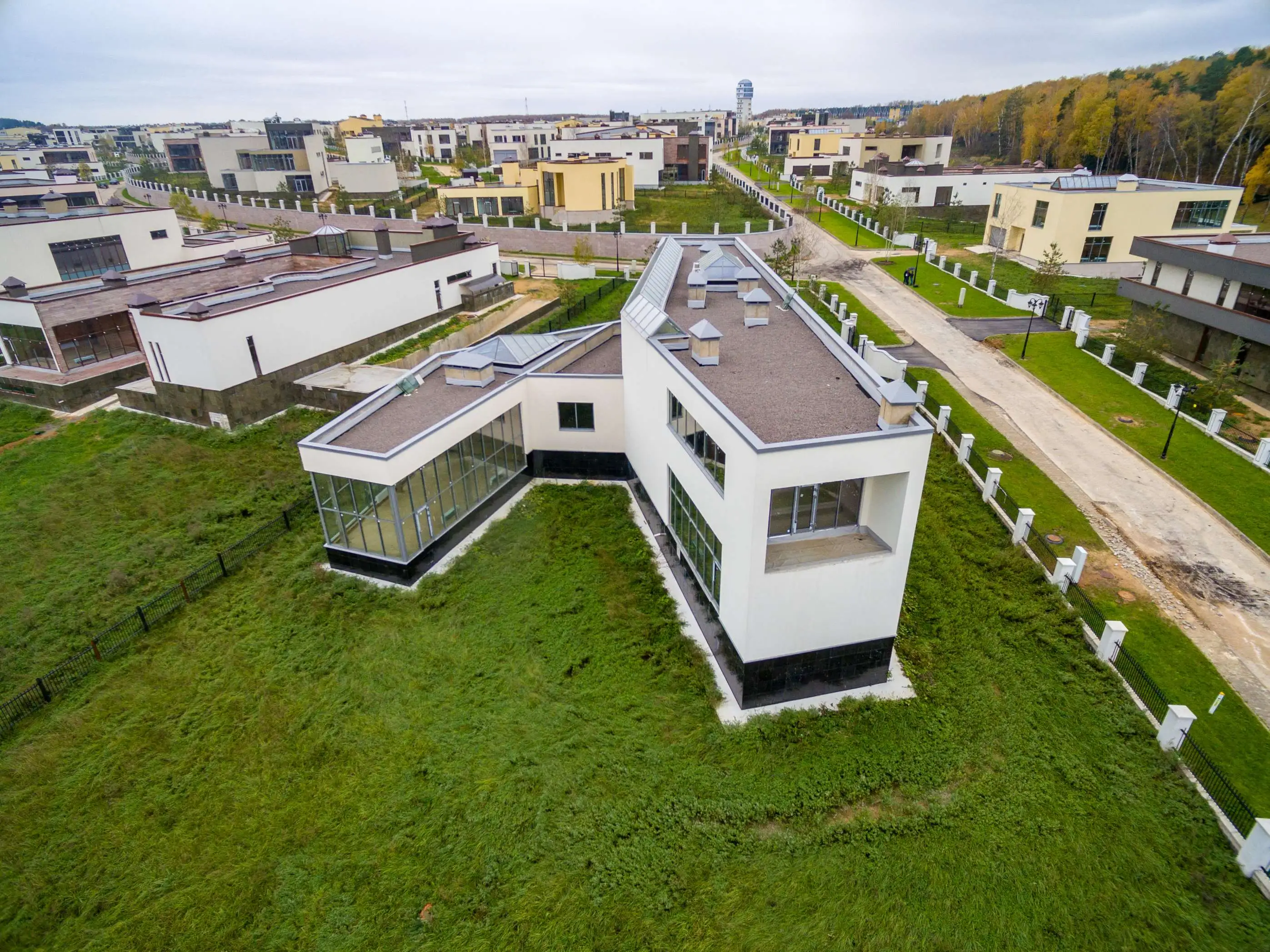The Legend Group has established a solid business vision and affluence of professional expertise from its successful 2 decades in the spotlight. Many commercial, retail, residential, and hospitality facilities have been established by the Legend Group, which has been privileged to accomplish this. Learn More
For more than 2 decades, the Legend Group has assisted clients—both families and corporations—in achieving their ideal living spaces. The Group is currently one of India's top businesses and the most recognized brand.
The Legend Group has presented some groundbreaking projects and engineering marvels, carved out a niche in both the deluxe and budget-friendly segments, and most importantly, brought smiles to the faces of millions of people. Legend Group has stayed true to its maxim of ‘Turning Dreams into Reality’ and is steered by its cornerstone of bringing quality and exceptional real estate spaces, ensuring customer satisfaction, and redefining lifestyles.
The Legend Group vows by the most fundamental principles to guide a vision that will result in a reliable and aspirational brand in the future. Business excellence and social responsibility have been effectively combined by the corporation. The company engages in several CSR initiatives in the areas of health, education, community development, etc. through the Legend Care Foundation.
The Legend Group is recognized as a top provider for property acquisitions solutions because it operates under the philosophy of upholding the top-notch service standards and offering first-rate customer service. The Legend Group is an Indian-wide network that provides services to a wide range of clients, including small and large businesses as well as private entities. Devoted to excellence and quality, our handpicked team of skilled executives tends to work to provide the best property solutions and specialized services, including real estate investments, to corporations and individuals.
Legend Group, with its extensive experience and outstanding service standards, provides high-level expert advice/consultancy on a wide range of specialised services, including property acquisitions, real estate, financing, & much more. We directly align our services with the needs of our clients. As a result, we can establish centres of excellence that our clients can use to transform and advance their companies. At the Legend Group, each solution/service is strategically designed to meet the needs of clients, whether they are individuals or small/medium/large corporations.
To survive in the digital age, malls will need to reinvent themselves. Here’s how.

Officially shopping malls are defined as “one or more buildings forming a complex of shops representing merchandisers, with interconnected walkways enabling visitors to walk from unit to unit.”1 Unofficially, they are the heart and soul of communities, the foundation of retail economies, and a social sanctuary for teenagers everywhere. In recent decades, the concept of the shopping mall, which has its origins in the U.S. and became a full-blown modern retail trend there in the post-WWII years, has proliferated across the globe. Despite its ubiquity, the mall as it’s been conceived for the last half century is at a critical inflection point. A storm of global trends is coming together at the same time to cause malls to change the role they play in people’s lives. No longer are they primarily about shopping. Now, when consumers visit malls, they are looking for experiences that go well beyond traditional shopping.
As these trends advance across the global stage, they are forcing mall operators to rethink how they conceive and operate their properties. This identity crisis is most intense in the U.S., the country that pioneered malls and has the most malls per inhabitant. Thanks to a continued economic slowdown and rapid advance of the digital revolution, the U.S. mall industry is retracting and facing high vacancy levels. Websites such as deadmalls.com collect pictures of weedy parking lots and barren food courts, and try to explain how once-thriving shopping centers began to spiral downward.
In the face of these considerable challenges, malls are seeking to stay relevant, drive growth and boost efficiency. We see successful players investing along three key fronts.
1. Differentiating the consumer offering, with a focus on experience and convenience.

Online shopping provides consumers with ultimate levels of convenience. Malls will never be able to compete with the endless product selection, price comparisons and always-on nature of online. Nor should they try. Instead, malls need to move in a different direction, away from commoditized shopping experiences and toward a broadened value proposition for consumers.
Innovative malls are incorporating value-added elements that attempt to recast the mall as the new downtown, including concerts, arts centers, spas, fitness clubs, and farmer’s markets. These services provide a level of leisure and entertainment that can never be satisfied online. Xanadu, a mall 30 km from Madrid, for instance, has gone out of its way to provide the means for parents to spend quality time with their children. The mall features a ski slope, go karts, balloon rides, bowling and billiards. Similarly, the Mall of America in Minnesota has an underwater aquarium, a theme park, and a dinosaur walk museum. In Brazil, for instance, a new focus on leisure and entertainment is already driving growth. Revenue coming into malls from these offerings grew 41 percent in 2013 compared to 2012.
On the tenant mix front, innovative malls are strategically rethinking the types of stores that consumers will respond to. Anchor tenants that drive traffic are still key, but we also see a new emphasis on a curated mix of smaller stores that add a sense of novelty to the mall offering. Additionally, some malls are making greater use of temporary, flexible spaces that can accommodate different stores over time. Pop up stores, showroom spaces and kiosks provide customers with a sense of the unexpected and give them a reason to treasure hunt.
2. Transforming the mall experience by leveraging technology and multichannel strategies.

The digital transformation of retail is not all bad news for malls. On the contrary, it presents new opportunities for malls to engage consumers throughout their decision journeys. There are three primary ways in which malls are leveraging technology:
First, they are extending their relationships with customers to before and after the mall visit. This is about engaging customers through compelling content and creating deeper bonds with them through social media and proprietary sites and apps, as well as loyalty programs. Social media can be used, for instance, to create buzz about new tenants or solicit ideas from consumers about ideas for new stores. One mall company has utilized segmented Facebook communication to speak to different communities, such as different geographies or interest groups or specific malls. Mall loyalty programs can provide the means for malls to establish a direct relationship with customers that goes beyond each visit to the mall, while allowing malls to collect precious information about customers.
Just like retailers, malls should reach out to their customers with customized offers, gift ideas and other targeted advertisements based on real time intelligence and location-based marketing. While malls face the challenge of not having direct access to shopper purchase data, this can be overcome by inducing shoppers to use their smartphone to scan purchase receipts in exchange for points that can be redeemed for concerts tickets, books, discount vouchers for participating merchants, free parking or invitations to events (e.g., a fashion show). Alternatively, technologies such as face recognition, location-based mobile ads, and beacons are already being successfully applied in order to identify and establish targeted contact with repeat customers. Such technologies are also valuable for gathering consumer behavioural data from which malls can glean useful insights.
Secondly, malls are using technology to transform mall usability as a means of improving customer satisfaction. There is ample opportunity for malls to decrease customer pain points, while simultaneously creating entirely new delight points. Technology, for instance, can be used to address one of the biggest challenges shoppers face at the mall – finding parking. Sensors located in parking lots detect how many spots are available on each level and give visual indicators to drivers. Once within the mall, mobile apps can offer quick, easy guides to help shoppers find what they’re looking for at today’s increasingly large and multi-level malls.
Thirdly, malls are utilizing digital capabilities to take the shopping experience to the next level. It critical for malls to take a more active role in shaping the shopping experience, either by acting more like retailers or by partnering with them. Mall players are experimenting with a variety of different business models to make this happen, but there are no certain winners yet. here, shoppers can purchase movie tickets by scanning a QR code with their smartphone. As the barriers between online and offline blur, some mall operators are venturing into online with a complete virtual mall offering.
3. Exploration of new formats and commercial real estate opportunities.

The most innovative malls today look nothing like their predecessors. Although location remains the key real estate consideration for malls, a differentiated design and structure is increasingly important. Open air malls go a long way toward lending an atmosphere of a town center, especially when they incorporate mixed use real estate. Many of the malls being built in urban areas are open and fully integrated with the landscape. The Cabot Circus Shopping Centre in Bristol, England, for instance, has a unique shell-shaped glass roof that’s the size of one and a half football fields. Incorporating environmental sustainability considerations, the mall is accessible by public transportation and features a rainwater harvesting system. Even malls that are enclosed are now incorporating more natural ambiance into their design, installing plants and trees, wood walls and floors, waterfalls, and lots of glass to let in natural lighting. Such elements help malls better blend in with their surroundings.
Lastly, outlets malls are an increasingly popular alternate format in more mature markets such as the U.S., particularly after the downturn of the economy, and they have been a key driver of growth for many players. In emerging economies like Brazil, outlets are also gaining attention and we see mall operators experimenting with this format as a means of attracting price conscious consumers and deal seekers.
Although these trends are expressing themselves to varying degrees in different markets around the world, we believe they are relevant globally and should be taken to heart no matter where mall companies operate. There are three strategic considerations that players should understand when figuring out how to best react.
1) Evolve the offering by defining a clear value proposition for both consumers and retailers, anchoring it on deep consumer insights and bullet-proof economics. Among the large universe of options for enhancing the customer experience, it is possible to identify initiatives that will be both ROI-positive and substantially boost the satisfaction customers have toward malls. To do this, mall players must first isolate and quantify the consumer touch points that are most responsible for driving satisfaction. Use these touch points to prioritize areas of investment and to design a cohesive customer experience program that will yield higher visit and/or spend rates, and ultimately greater consumer loyalty.
2) Increase productivity and efficiency of the current mall base through a strategic review of the tenant mix, taking into account consumer needs and retailer economics. This analysis should guide the management of rent pricing and overall commercial planning. On the cost front, the focus should be on strict management of direct and indirect costs, combined with operational efficiency, which is critical for successful customer experience transformations.
3) Think surgically about where and how to grow in a way that won’t jeopardize returns. Focus on city clusters and regions that have distinctive opportunities for growth. This includes thinking purposefully about disciplined capex management and which formats are going to create the biggest impact, whether that’s traditional, multi-use, neighbourhood or outlet.
Executing against these considerations will often require that mall players develop new capabilities. Westfield, for example, has established a Digital Office group that reports to the CEO with the mission of spearheading digital initiatives across the organization. Other companies have created “customer experience” teams that are responsible for creating and integrating a unified vision of customer initiatives. Still others have created retail teams responsible for working on partnerships with retailers, or alternatively, operating retail operations themselves.
The world of retail is changing dramatically, but the mall still can have a central role in urban and suburban societies. To avoid becoming what one chief executive calls a “historical anachronism – a sixty-year aberration that no longer meets the public’s needs,” mall operators must expand their horizons of what a mall can be. They must envision themselves no longer as real estate brokers, but instead as customer-facing providers of shoppable entertainment.